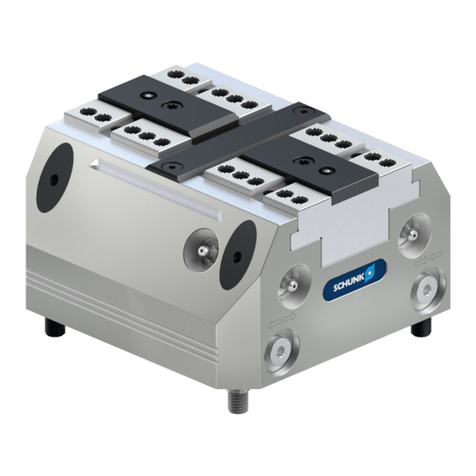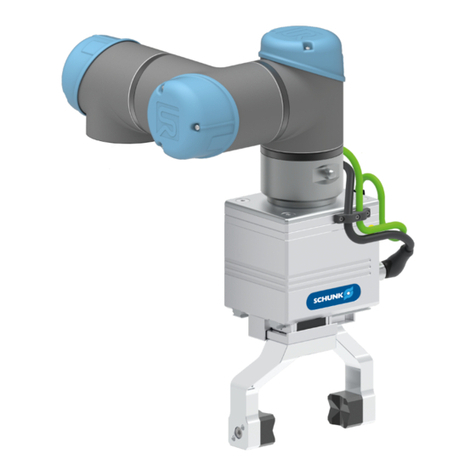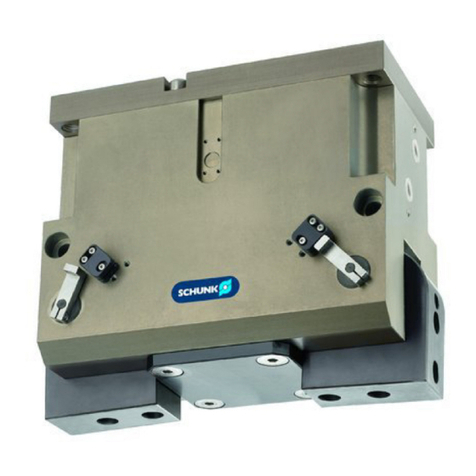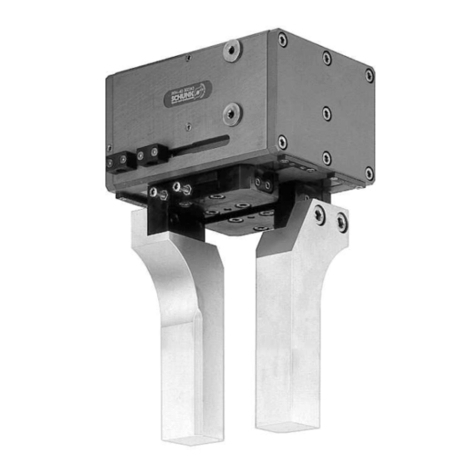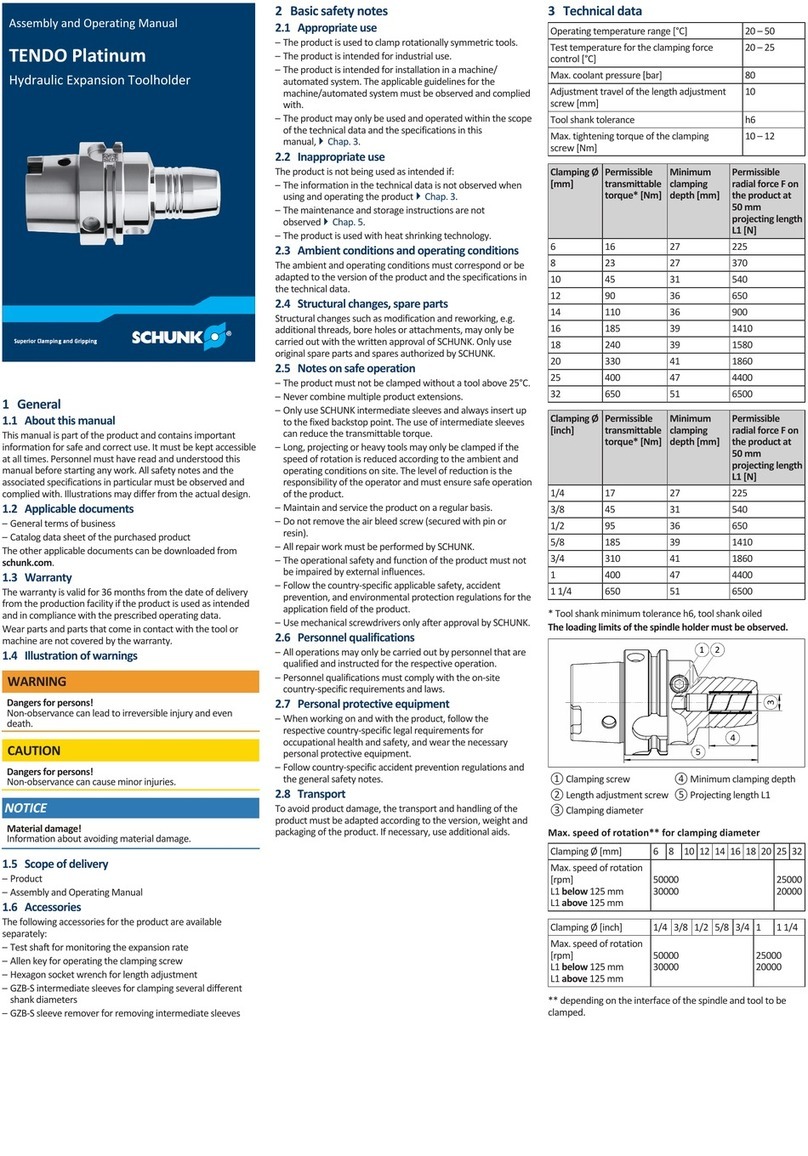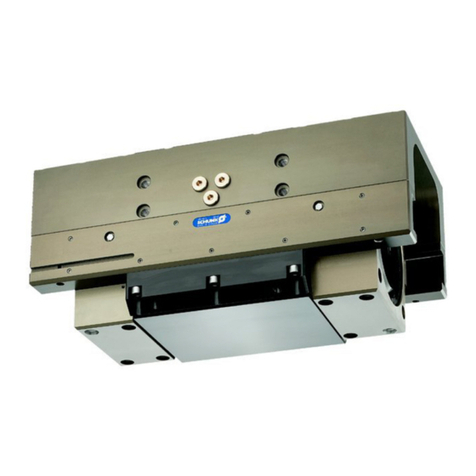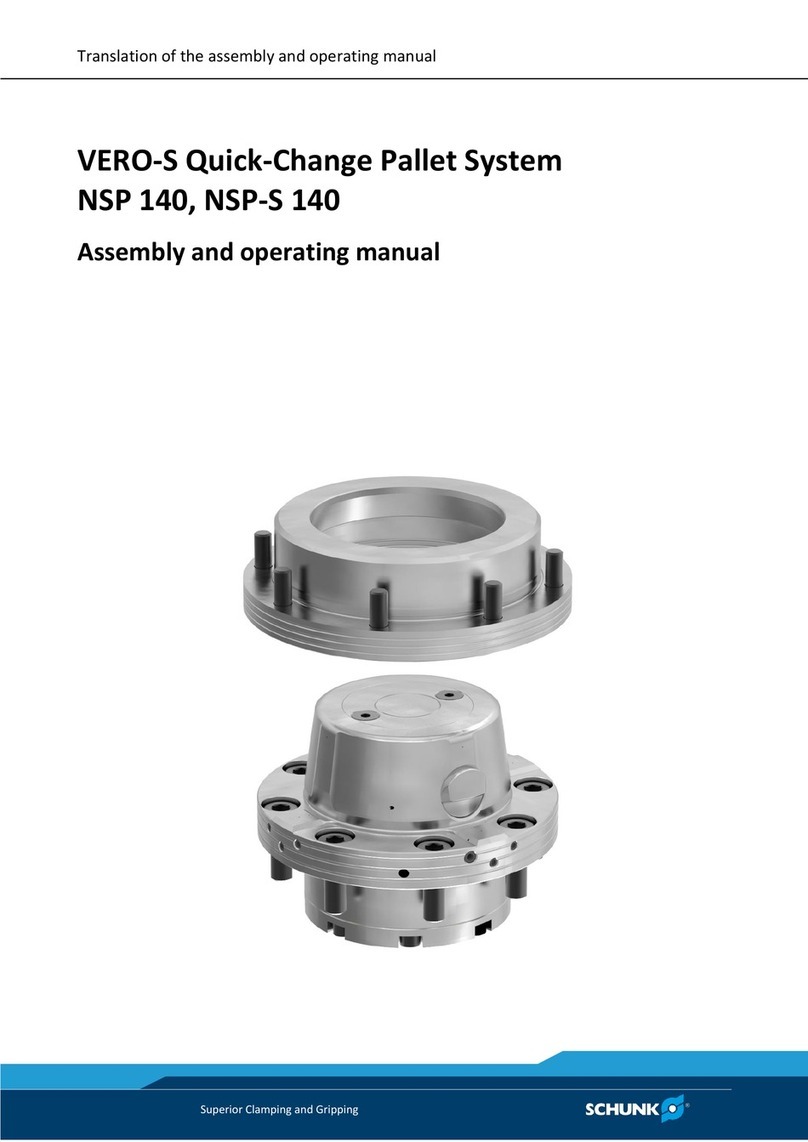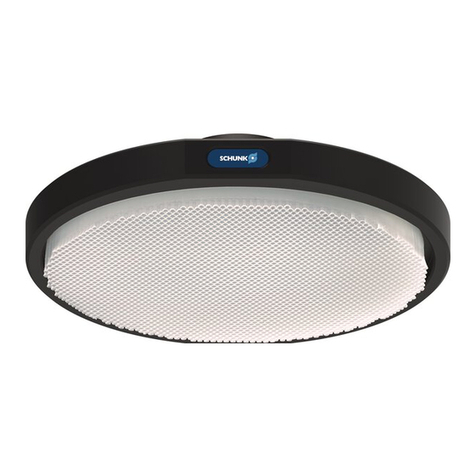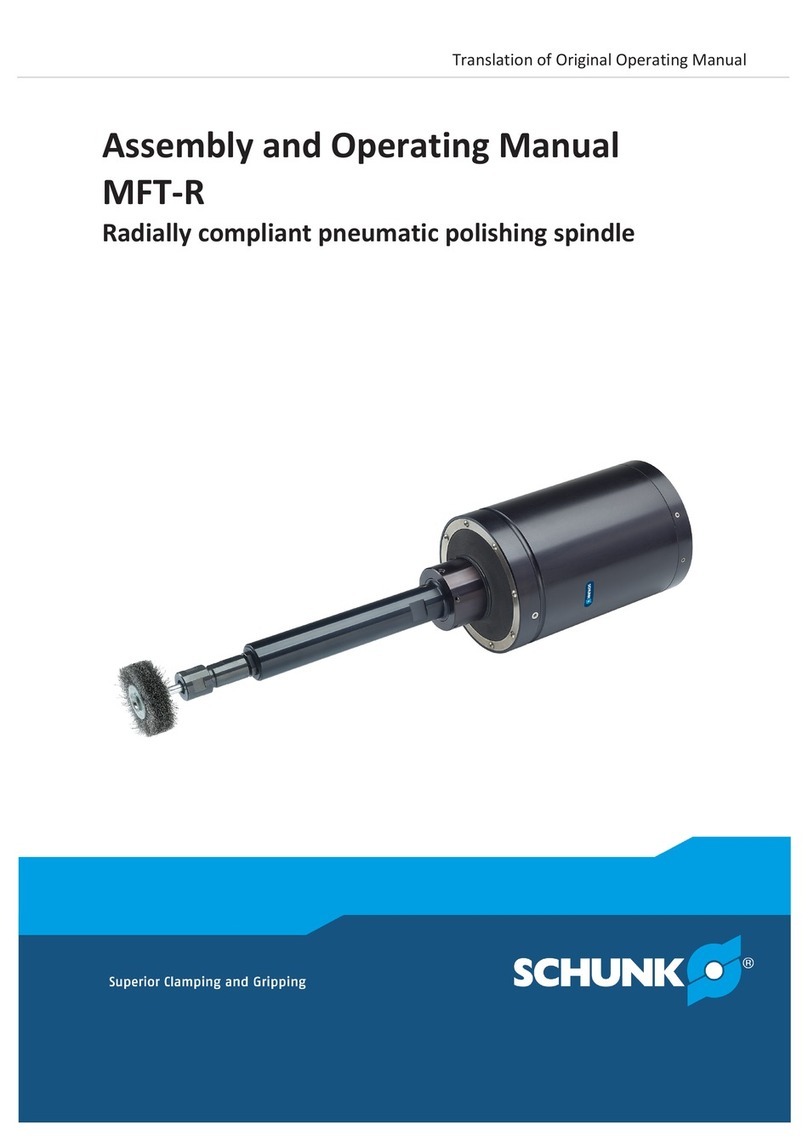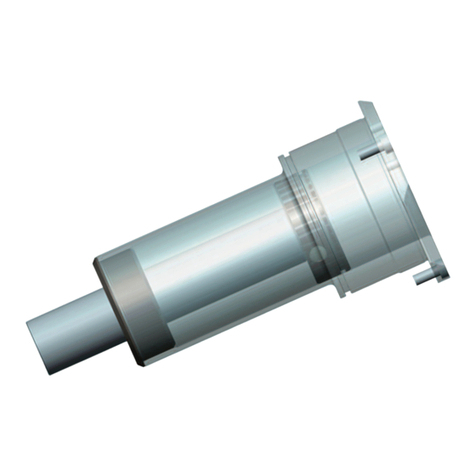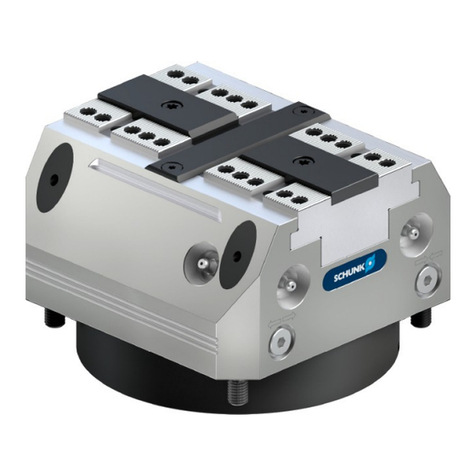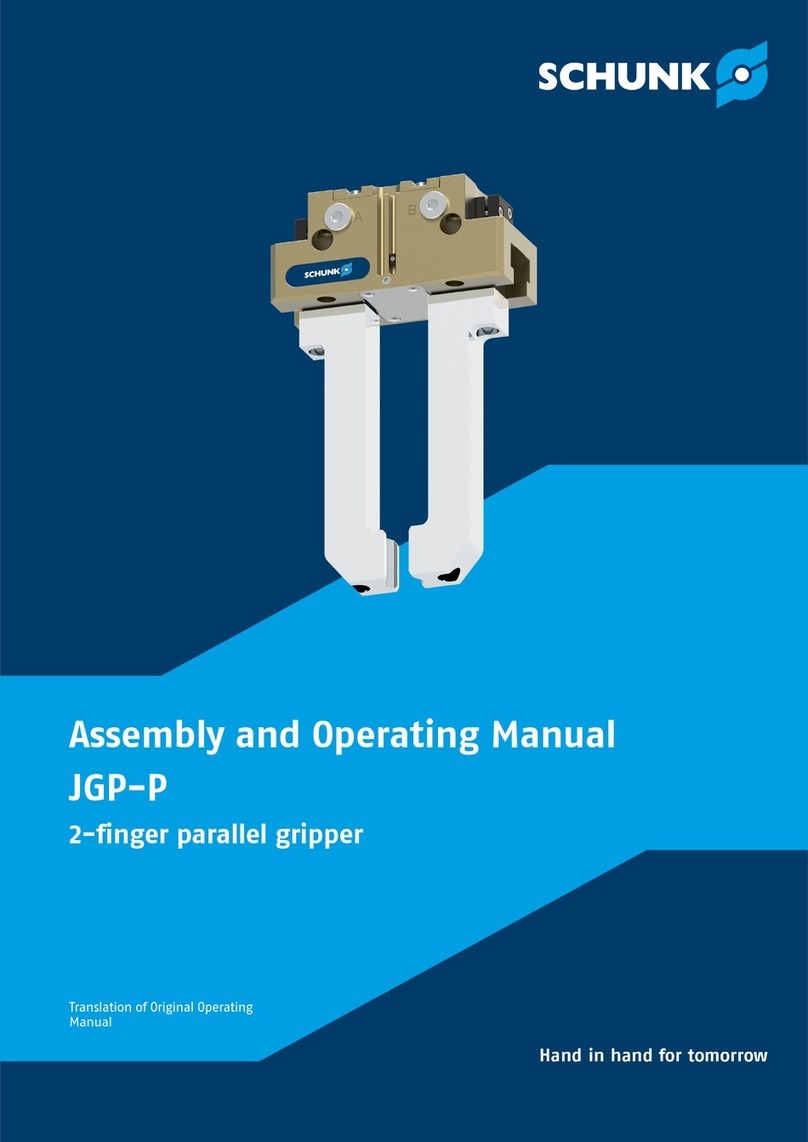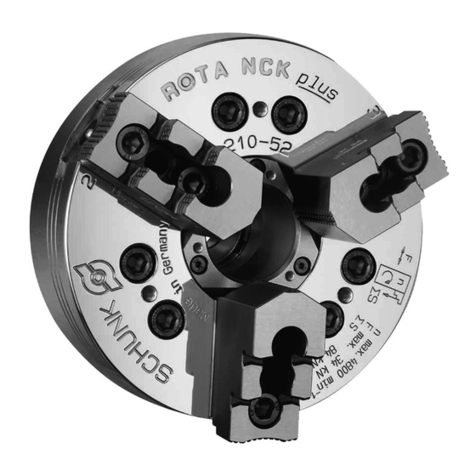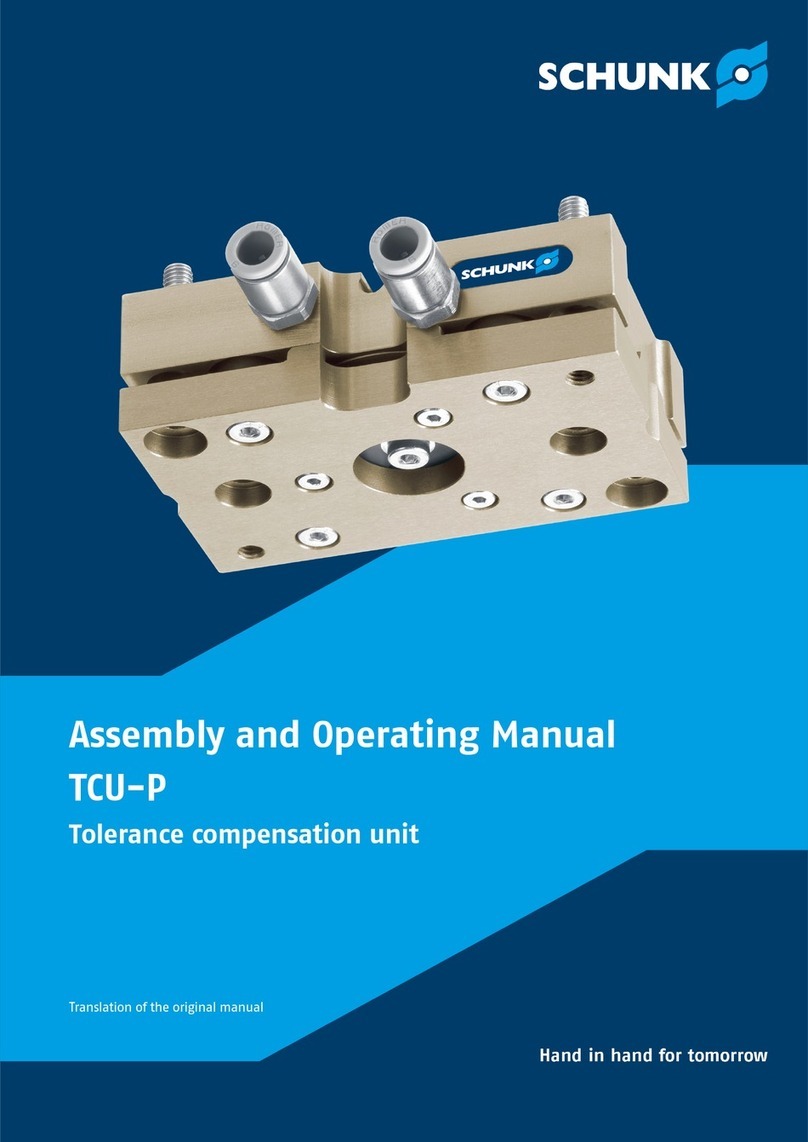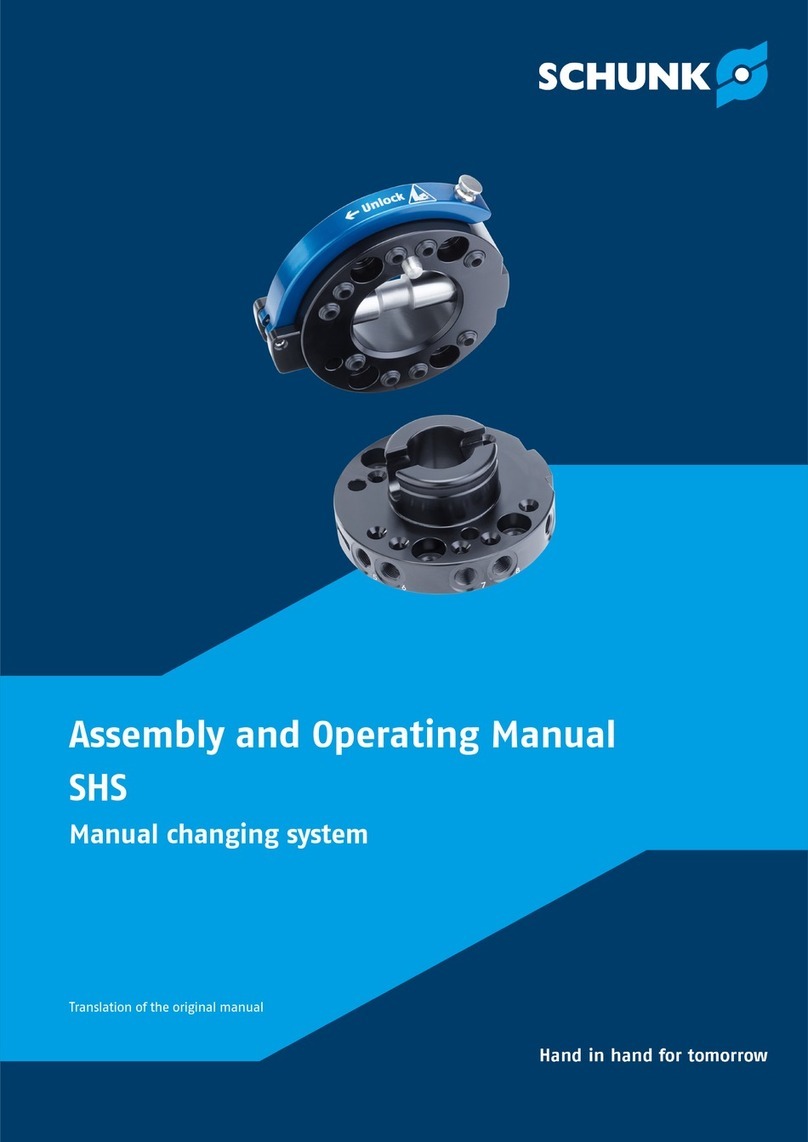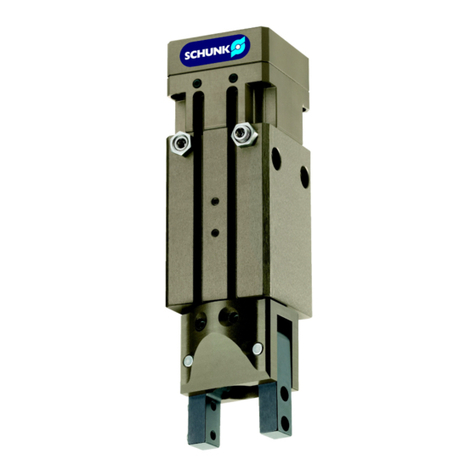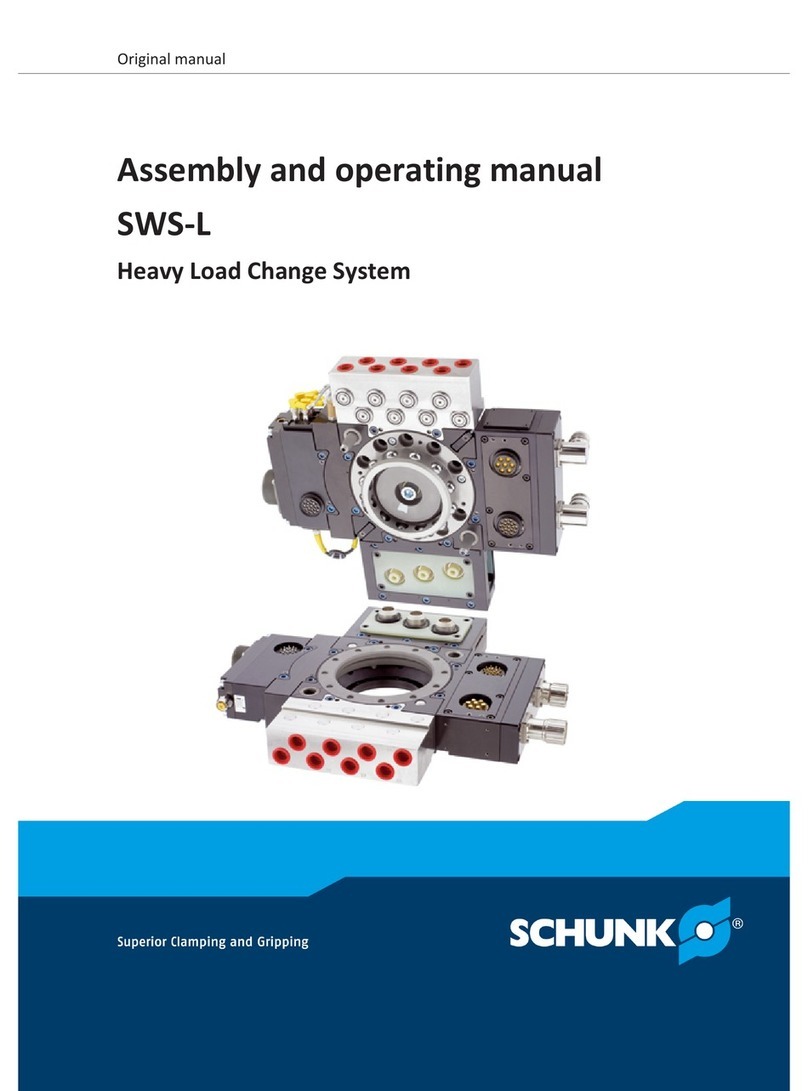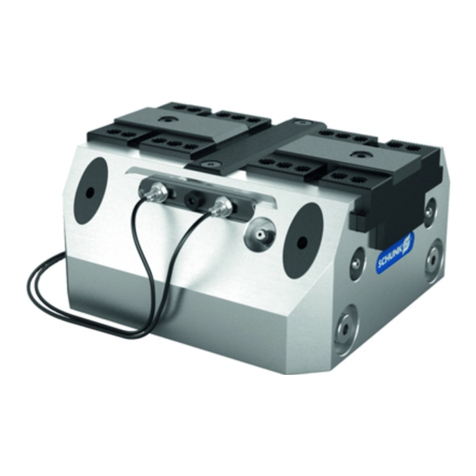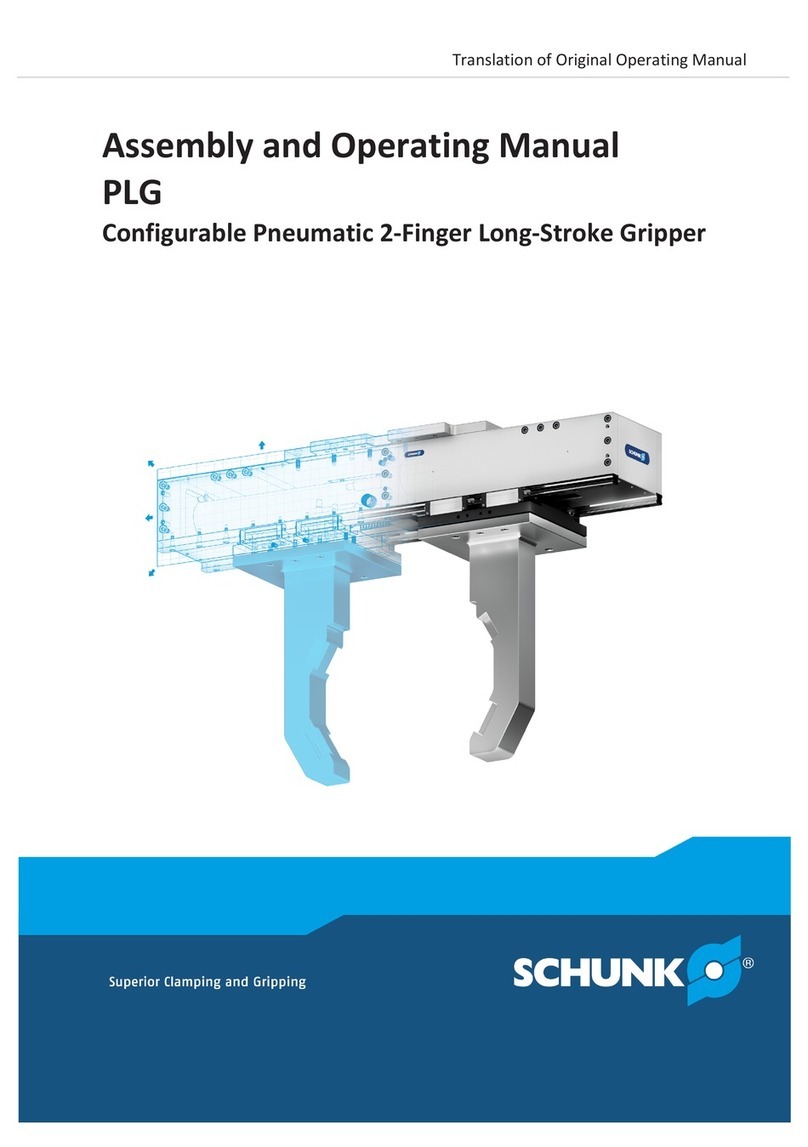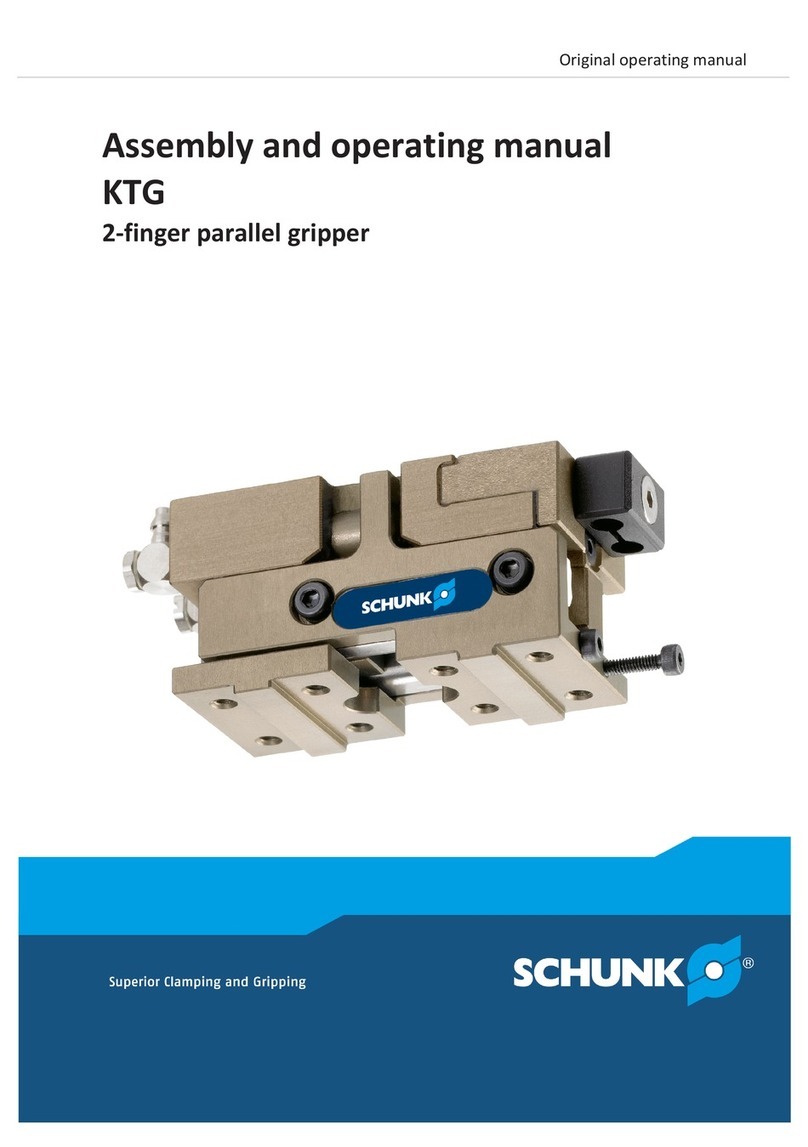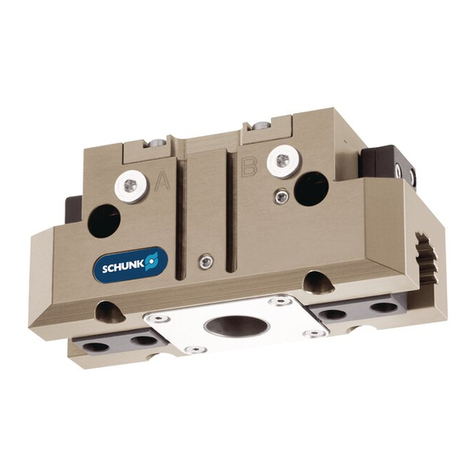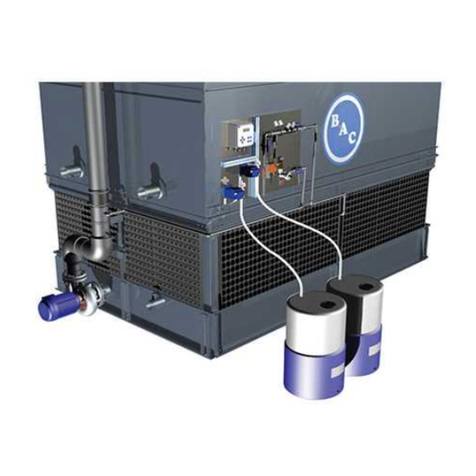
Table of contents
Table of contents
1 General.................................................................................................................... 5
1.1 About these instructions ...................................................................................... 5
1.2 Depiction of Warnings.......................................................................................... 5
1.3 Associated Documentation .................................................................................. 5
1.4 Warranty .............................................................................................................. 6
2 Fundamental Safety Instructions.............................................................................. 7
2.1 Intended Use ........................................................................................................ 7
2.2 Non-Intended Use ................................................................................................ 7
2.3 Danger Zone ......................................................................................................... 7
2.4 Environmental and Operating Conditions ............................................................ 8
2.5 Personnel Qualifications....................................................................................... 8
2.6 Personal Protective Equipment............................................................................ 9
2.7 Technical Condition .............................................................................................. 9
2.8 Responsibility of the Operating Company..........................................................10
2.9 Country-Specific Regulations for the Operating Company................................. 10
3 Product Description ................................................................................................11
3.1 Description of the Steel-Plate Clamping System with Suction Cups and FlexMat...
11
3.2 Variants and Type Keys / Technical Data............................................................ 14
3.3 Properties of the Clamping System .................................................................... 17
3.4 Calculating the Clamping Force .......................................................................... 19
4 Transport and Storage ............................................................................................20
4.1 Checking the Delivery......................................................................................... 20
4.2 Storage ............................................................................................................... 20
5 Installation .............................................................................................................21
5.1 Installation Instructions...................................................................................... 21
6 Start of Operations .................................................................................................22
6.1 Personnel Qualification ...................................................................................... 22
6.2 Before Initial Start of Operations ....................................................................... 22
7 Operation ...............................................................................................................24
7.1 Preparations ....................................................................................................... 24
7.2 Processing........................................................................................................... 25
8 Troubleshooting .....................................................................................................27
8.1 Safety.................................................................................................................. 27
8.2 Faults, Causes, Solutions when Working with Steel-Plate and Suction Cups .....27
8.3 Faults, Causes, Solutions when Working with Steel-Plate and FlexMat............. 33
301 | SMPL with ISST, SFM and ISBL | Assembly- and Operating Manual | en-US |
1512656
